There is a lot of misunderstanding, and not a great consensus on ground pours. From a high speed signal standpoint, here are the key considerations:
1 - PCB manufacturing can be inconsistent when there are large areas without copper. Hence we use thieving to provide fill. This could also be served with a large ground pour but we use small structure patterns for the reasons outlined below.
2 - Coupling to adjacent structures can result in increased crosstalk, or resonances in a signal path. I've seen low level resonances/reflections/discontinuities from structures that are, say 20mil away from my main signal line. Structures need to be small enough and/or far enough to avoid this.
2 - EMI due to Radiation. This can be produced by signals coupling to a structure which then radiates. A ground pour, while tied to ground through vias, can still receive a coupled signal and radiate.
3 - EMI due to ground (return path) disruption. In high speed, or RF, you have to think about routing ground just as you do the signal. They are one in the same. If you have a path for your signal that is 10mm long, you also have a return path that is 10mm long and just as important. If you have breaks or discontinuities in your return path, it's nearly identical to doing the same in your signal path. Ground pours can create additional return paths which are not consistent along a signal path. The inconsistencies can cause mode conversion, reflections, and EMI.
Ground pours are controversial, there are religious battles, and all that goes along with it. The key is to continue to refine your understanding so you can use all of these tools effectively.
But as a general rule of thumb, avoid ground pours in high speed. You're more likely to cause problems than avoid them. And most of all, you have to route ground, just as you route your signal.
